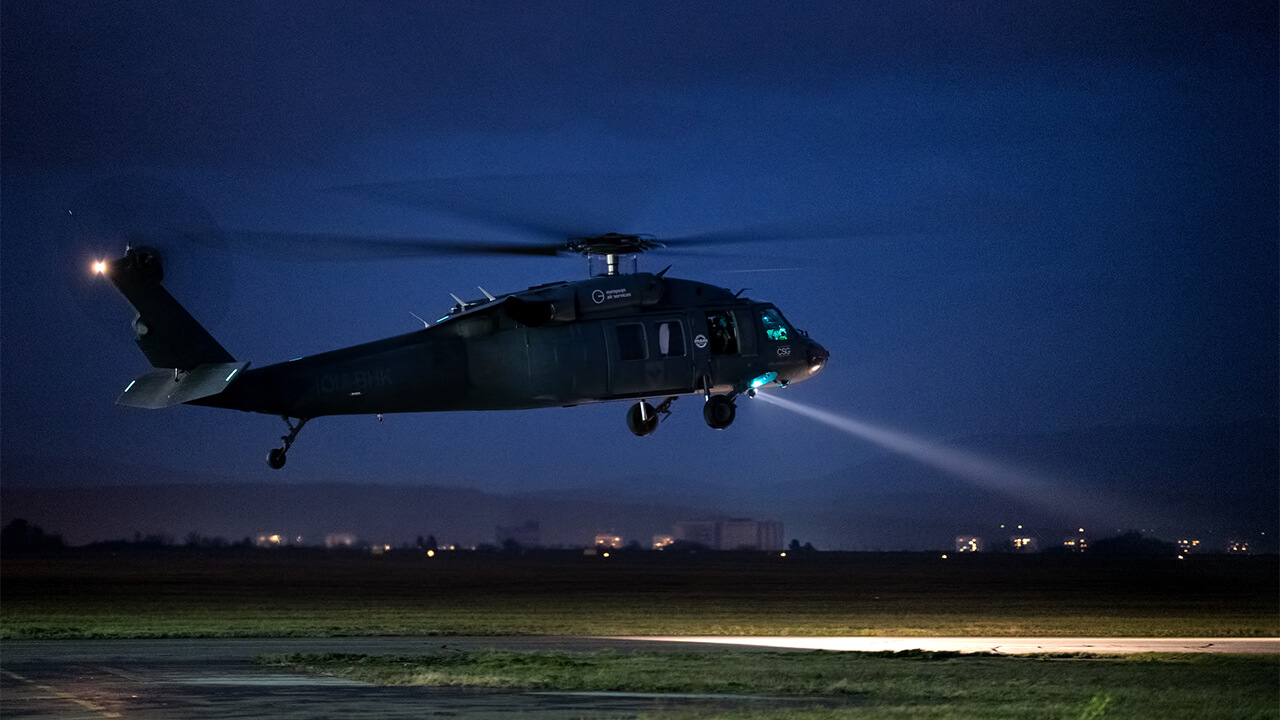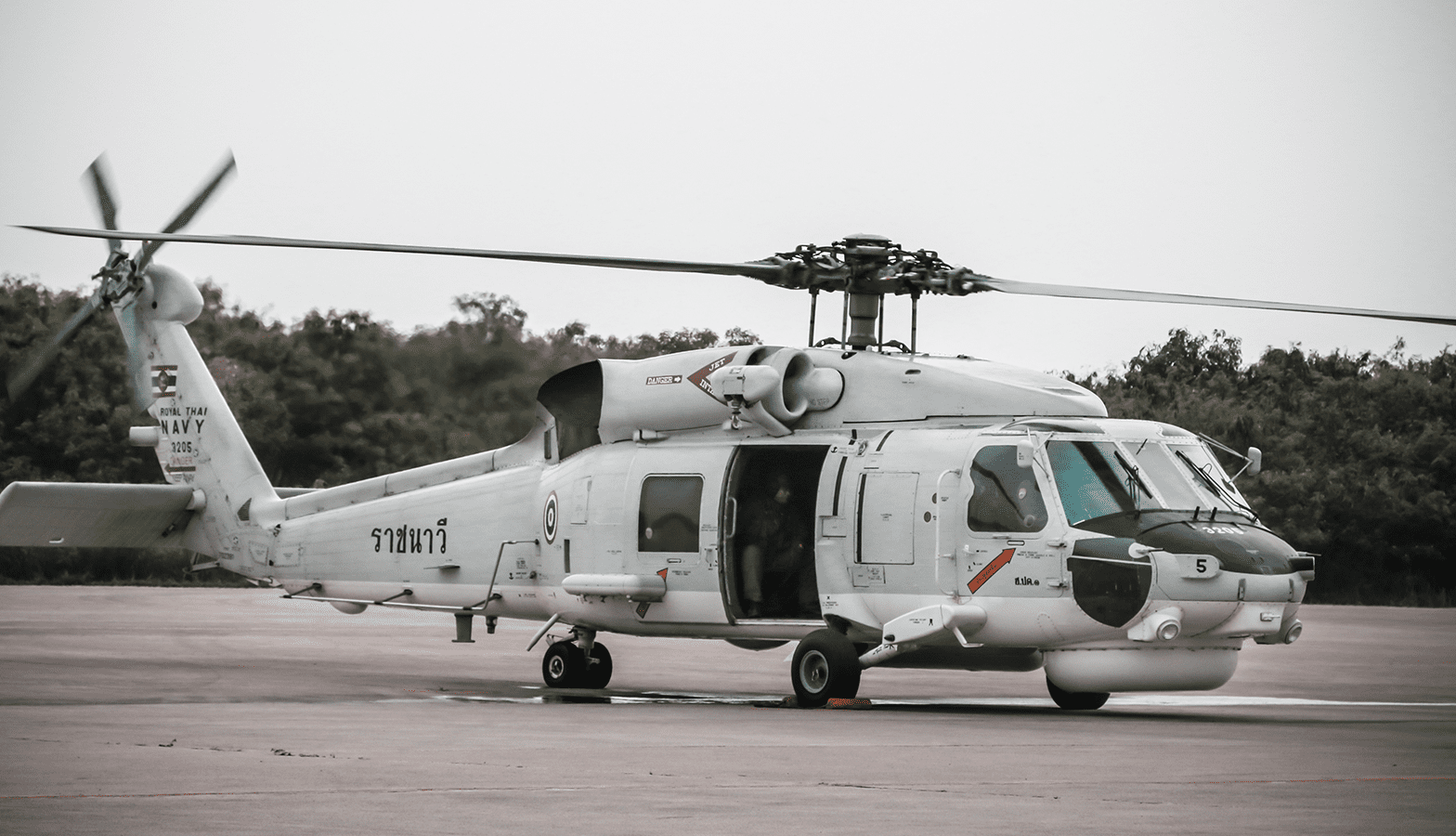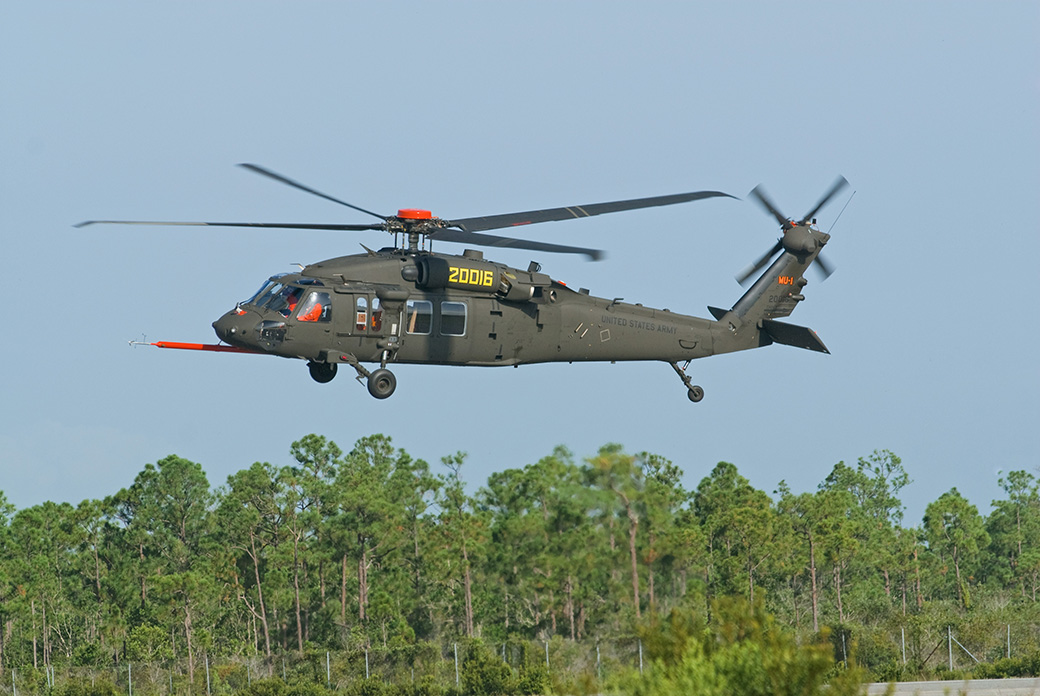Every Little Thing You Need to Learn About the UH 60 Helicopter
The UH-60 helicopter, a cornerstone of U.S. Army air travel because its launching in 1979, stands for an amazing mix of design and operational convenience. As military requirements advance, so too does the helicopter, with ongoing improvements aimed at improving its capacities and incorporating contemporary innovations.
Background of the UH-60
Created in the late 1970s, the UH-60 Black Hawk helicopter became a reaction to the united state Army's need for a functional energy helicopter that might do a variety of goals under tough problems. The catalyst for its design was the shortcomings determined in the earlier helicopters utilized during the Vietnam War, especially in terms of survivability, ability to move, and speed.
The Black Hawk was developed by Sikorsky Aircraft, incorporating advanced technologies and products to boost its efficiency and longevity. It was formally presented into service in 1979, quickly becoming an important property for armed forces operations - uh 60. Its capability to move soldiers, clinical discharge, and logistical assistance in both battle and humanitarian objectives made the Black Hawk an invaluable component of the U.S. Military's aviation fleet
Throughout the decades, the UH-60 has actually been constantly updated, adjusting to the altering nature of warfare and the developing needs of modern-day military procedures. Its functional background includes participation in significant problems, peacekeeping missions, and catastrophe alleviation initiatives, solidifying its reputation as a efficient and dependable helicopter in various settings worldwide.

Style and Specifications
The layout of the UH-60 Black Hawk helicopter constantly reflects a commitment to functional effectiveness and convenience. Established by Sikorsky Airplane, this medium-lift utility helicopter includes a sleek, aerodynamic body that improves speed and ability to move. Its tandem rotor system, defined by two counter-rotating blades, decreases vibration and increases lift ability, enabling much safer procedures in diverse atmospheres.
The UH-60 is powered by two T700-GE-701C turboshaft engines, offering an optimum rate of about 180 knots and a series of around 400 nautical miles. Its robust airframe is built from innovative composite materials, making sure sturdiness while preserving a fairly low weight. The helicopter has a maximum gross weight of concerning 22,000 pounds, sustaining a flexible haul arrangement.

Roles and Objectives
A flexible system, the UH-60 Black Hawk helicopter serves a plethora of roles and goals within armed forces operations. Made mainly for army transportation, it can carrying as much as 11 soldiers, making it an essential possession for quick deployment and logistical assistance.
Along with army transport, the UH-60 succeeds in clinical emptying (MEDEVAC) missions, outfitted with innovative medical equipment to give crucial treatment throughout transportation. Its ability to operate in varied environments improves its efficiency in battle search and rescue (CSAR) procedures, where speedy removal of employees is vital.
The helicopter also plays a considerable function in reconnaissance and monitoring objectives, using onboard sensors and equipment to gather intelligence. Additionally, its convenience reaches logistical assistance, with the ability of transporting supplies and tools to onward running bases - uh 60.
In battle operations, the UH-60 can be outfitted with various weapon systems, enabling it to provide close air assistance. Its multi-role capacity makes the Black Hawk an indispensable device for modern-day army forces, adapting flawlessly to the advancing needs of combat zone scenarios and ensuring objective success throughout a range of functional contexts.
Efficiency and Capabilities
Known for its durable efficiency, the UH-60 Black Hawk helicopter boasts impressive capacities that improve its operational performance throughout numerous goals. uh 60. This multi-role aircraft is equipped with powerful twin-engine Turbomeca Arriel 1D1 engines, giving remarkable rate and maneuverability, with an informative post optimum cruise rate of around 150 knots and an operational variety of around 400 nautical miles
The Black Hawk's innovative avionics and fly-by-wire control systems substantially improve trip safety and handling, enabling it to run in diverse settings, including negative climate condition. Its versatility is additional exhibited by its ability to bring up to 11 completely outfitted troops or a payload of about 8,000 pounds, making it excellent for army transport, medical evacuation, and logistical assistance objectives.
Additionally, the UH-60 is designed for survivability, including reinforced airframes, ballistic defense for crew and guests, and advanced countermeasure systems to avert hazards. The helicopter's agility and rate, integrated with its ability for fast implementation, make it an essential asset in modern-day armed forces procedures, making sure that it remains a crucial element find more of tactical air support and combat zone movement.
Future Advancement

One significant emphasis is the integration of innovative avionics systems, which will boost situational understanding through improved navigation and interaction capabilities. This consists of the potential use expert system to assist pilots in decision-making and objective preparation.
Additionally, future variants might integrate innovative materials and layout functions to strengthen the helicopter's durability and minimize its radar signature, improving survivability in disputed environments.
The intro of hybrid-electric propulsion systems is also imminent, aiming to boost fuel performance and reduce logistical problems. Such developments might extend functional range and decrease the helicopter's ecological footprint.

Conclusion
The UH-60 helicopter represents a significant development in military aeronautics because its introduction in 1979. The UH-60's sustaining presence underscores its crucial duty in modern-day army procedures and highlights the recurring development of armed forces aeronautics modern technology.
The UH-60 helicopter, a keystone of United state Military air travel considering that its debut in 1979, click for more stands for an exceptional blend of engineering and functional versatility. As army requirements advance, so also does the helicopter, with recurring improvements intended at boosting its capabilities and integrating contemporary technologies.The style of the UH-60 Black Hawk helicopter constantly mirrors a commitment to operational performance and adaptability. Created by Sikorsky Aircraft, this medium-lift energy helicopter includes a streamlined, aerodynamic fuselage that boosts speed and ability to move.The UH-60 helicopter stands for a substantial advancement in army aeronautics since its intro in 1979.
Comments on “How the UH 60 Revolutionized Helicopter Design for Military and Civilian Uses”